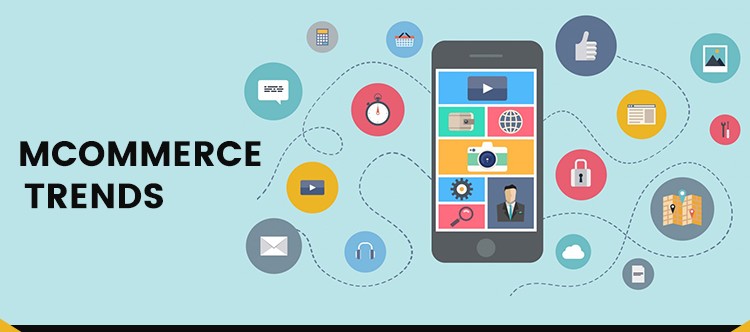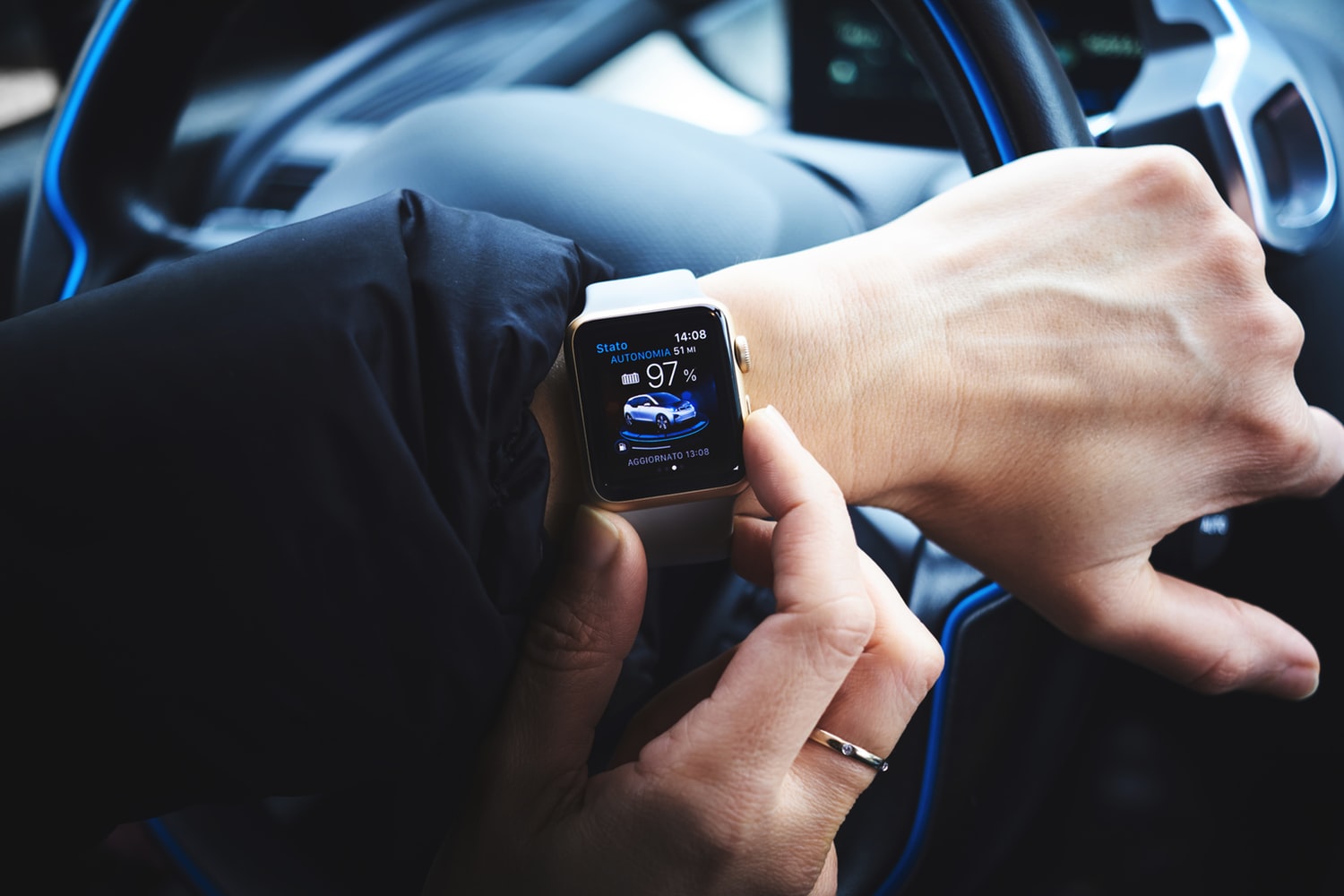3 Ways to Maximize Visual Content Marketing on Instagram and Brand v Personality!

Today I’m sharing 3 ways to get the most out of visual content marketing on Instagram. The lines between Instagram, Facebook, and Twitter are blurring now that each has become more dominated by visual content. Instagram is an image dedicated site where you need to add the best visual content to stand out from the rest. On Instagram you can set up albums for photos, carousel posts, post video on your Instagram profile, and use your photo and videos on your stories to advertise what’s currently being offered in your business – just to name a few visual content opportunities.
You might have noticed lately that Instagram now automatically improves any photo you upload. But the Instagram feature doesn’t the support of animated GIFs on your profile but you can share animated images here that are quite popular over there.
Here are three ways to maximize your visual content marketing on Instagram:
- Videos are hot on Instagram right now. Upload your videos directly to Instagram rather than sending your reader off of Instagram by some other source. You’ll get more News Feed love this way.
- If you’re prescheduling posts on your page use Instagram’s own internal scheduler rather than using an external scheduler like Hootsuite or Buffer.
- Remember that videos play on Instagram with no sound unless the user clicks on the video. Make sure your first few seconds of video excite curiosity or add captions and a title to catch the eye.
Don’t take as Gospel the statistics that show you how many people have watched your video, by the way. Instagram counts a “view” if someone watches just the first few seconds. And, as usual, visual content that includes people or animals is more emotionally appealing than “empty” visual content.
Instagram is one platform where visual content that displays a quote can do well. Just make sure the font is easy to read and contrasts with your background so that it can be deciphered quickly. Putting a quote on a background image stimulates the eye and draws viewers.
Take a Look at Target’s Visual Content Marketing Strategies
You know there’s promise in using social media and visual content marketing when the big box stores get on board. Over the past year, Target has done just that.
Target specifically reached out to form relationships with top Pinterest pinners. Their suggestions to consumers to share their boards for party planning and other topics has worked to give Target more reach.
At the core of the Pinterest strategy for any retailer is visual content marketing, of course. Finding out what types of pins readers most respond to and planning campaigns around strong, compelling visual content has worked for Target. They are also following the same kind of strategy on Instagram to boost their posts and get likes. Most of the brands also buy Instagram followers to stay ahead of their competitors. You can get inexpensive professionally created graphics to help with your visual content marketing on our Products Page.
Brand v Personality! What are we buying into to?
It occurred to me recently that with the huge growth for businesses in social media and the way major brands are now clamoring to attract our attention across them that there’s a battle going on within their internal departments, third party agencies and own minds as to whether to show personality. With every good marketing campaign & project will come a detailed strategy highlighting how to engage and interact with the target community? Detailed spreadsheets and Gantt charts will be created highlighting the types of activity across timeframes to ensure objectives are met, but does this include enough personality?
Are organizations adding in little nuances and character traits of their company or brand? And more than that – are they allowing people close to that brand or company (employees) be themselves and interact as a real person showing emotion and opinion and feelings?
Does it matter?
Now at this point, you might be asking yourself does it matter. And might be true in some cases (a few, granted) but look at how you behave on the social networks, think about how you engage and chat with people on Twitter and Instagram or like pages in Facebook. Generally speaking, your actions are led by how you feel about something you’ve read or want to say out loud. I’ll explain further: You may be a huge fan of Coca Cola and drink four/five cans per week. But every time you have one or think about having one, it doesn’t lead you to comment about it on Instagram or ‘Like’ it on Facebook, but if Coca Cola asks [across the networks] “what were you doing when you last had a coke? Best reply wins a case a month for a year” then I can guarantee that interactions on their Instagram Wall giving replies and twitter conversation will be vast.
This is because the brand wants to have fun and it’s trying to provoke you into memories and emotions rather than direct selling.
I was recently told by a colleague (in the same industry) about a conversation they’d had with an agency who were representing their client. The agency was becoming frustrated at the lack of interaction the campaign was generating but wanted to be free with their approach – use personality and real-life conversation rather than some kind of social network ‘formula’.
The client wanted mass approval of tweets and Instagram content and Instagram’s key objective was lead generation. There’s nothing wrong with lead generation as that’s the Return on Investment that every business needs to be warranting the digital marketing spend or buying likes, but it’s how you go about this that’s the important thing.
Their view – sell and push the product openly and quickly.
My view – talks to your potential audience, open up and chat with them about all sorts. Let them into your company, brand, and world by sharing personality and experiences. That way there are two winners – brand and consumer.
One brand that does a great job mixing personality with marketing is Vodafone. They mix support and product news with chat and conversation through their personalities. Every part of the conversation is tagged with who you’re talking to and photos of the team are included instead of just the brand logo.
I’d love to hear your comments on good/bad practice from brands and organizations.





